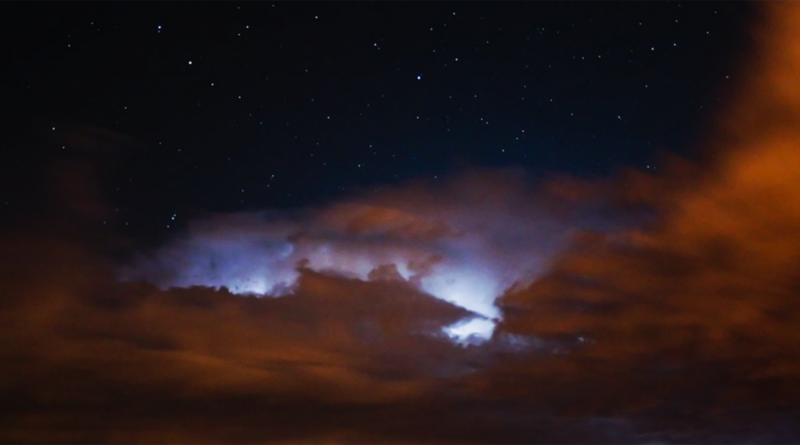Earlier this month, Colorado Governor Jared Polis announced Dark Sky Month. The goal? To raise awareness of a serious problem that affects people, animals, and plants without many of us even noticing. This month, take the time to learn about the impacts of excessive artificial light at night and to promote the conservation of dark skies for the benefit of both people and wildlife.
pic.twitter.com/FJy9gK3vYQ — Governor Jared Polis (@GovofCO) June 4, 2024 It’s worth noting that this isn’t a legal action of any kind, and carries no force of law.

It’s just a proclamation that carries symbolic meaning, but at the same time brings attention to the issue. In the proclamation, the Governor’s team makes some good points that deserve to be shared. The first thing he mentions is the aesthetics of having dark skies at night.
There are still parts of Colorado where the skies are Bortle Class 1, or in other words, have skies about as dark as possible. In these darkest places, you can have a view of not only the Milky Way, but you can see the rest of the night sky in all of its glory. It’s possible to do things like see your shadow cast in the light of Jupiter, or see the gegenschein (a patch of light opposite the sun refracted via gas and dust).
But beauty and wonder aren’t the only reasons dark skies matter. Life on earth evolved to rely on light during the day and darkness at night. When there’s too much light at night, all sorts of things can go wrong for people and anim.
















